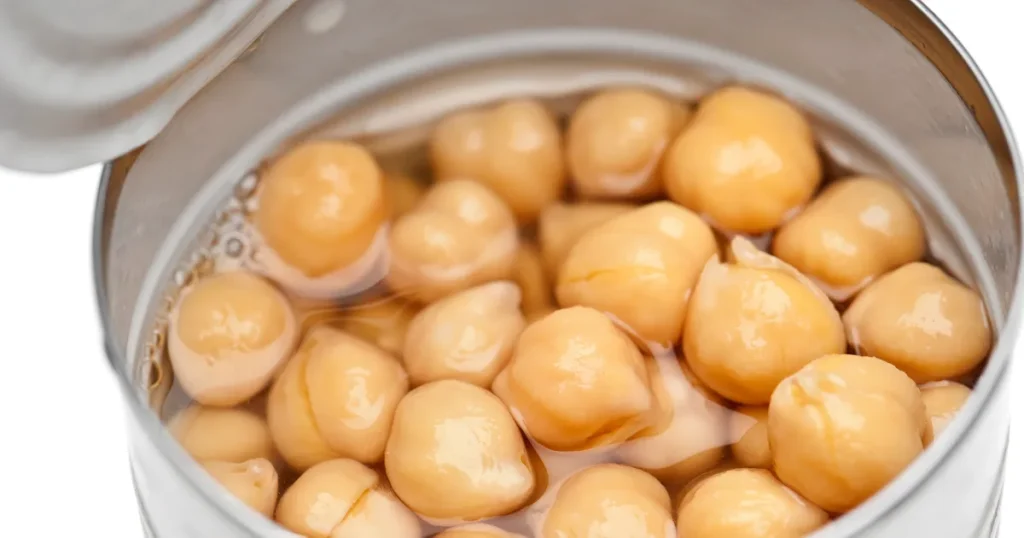The rising cost of eggs has been a significant challenge for many home chefs and bakers, with prices increasing by a staggering 53% compared to this time last year. This surge has left many rethinking how they incorporate eggs into their recipes. While waiting for the prices to stabilize, there’s no need to sacrifice your favorite baked goods. With a little creativity and the right substitutes, you can continue baking delicious treats without eggs. However, it’s important to choose the right substitute for the job, as not all options work well in every recipe. According to Kathlena Rails, founder of The Allergy Chef and author of several egg-free cookbooks, many online charts fail to provide useful guidance on egg substitutes because they lack context. For example, while peanut butter or tomato paste might work as binding agents, they’re not great choices for most recipes due to their strong flavors and textures.
Understanding the role of eggs in your recipe is the first step to finding a successful substitute. Eggs serve multiple functions in baking, primarily as binders, moisteners, and lifters. While there’s no substitute for the unique taste of eggs, there are plenty of options that can mimic their functional roles. Chef Rob Rubba of Oyster Oyster, a Washington, D.C.-based restaurant that avoids eggs, emphasizes that replicating the function of eggs is often more achievable than replicating their flavor. Rails adds that in recipes where eggs are a central ingredient, such as sponge cakes or “eggy baked cookies,” no substitute will perfectly replace them. However, in most recipes, the right substitute can produce results that are very close to the original.
When a recipe calls for whole eggs, Rails suggests they likely serve multiple functions—binding, moistening, and lifting. To choose the right substitute, think about the primary role of eggs in the recipe. For example, if a recipe relies on eggs to bind ingredients, a flaxseed “egg” is a great option. Made by mixing one tablespoon of ground flaxseed with three tablespoons of water and letting it sit for five minutes, this substitute thickens like an egg and works well in muffins, pancakes, and cookies. On the other hand, if eggs are primarily adding moisture, ingredients like bananas and applesauce are excellent choices. One banana or a quarter cup of applesauce can replace one egg, though you may need to adjust the amount of sugar in the recipe since these substitutes are naturally sweet.
For recipes that require lift, such as cakes and muffins, a combination of baking soda and vinegar can help create a light and fluffy texture. Rubba recommends using a small amount of vinegar, such as apple cider vinegar, along with baking soda to achieve this effect. This method works best when the batter already contains baking powder. Aquafaba, the liquid from canned chickpeas, is another versatile substitute, particularly for recipes that require whipped egg whites, like meringues and mousses. Aquafaba can be whipped to stiff peaks, though it may take a little longer than egg whites. Adding a pinch of cream of tartar can help stabilize the mixture. Aquafaba also works well in cocktails like gin fizz and pisco sour, which traditionally use egg whites.
Aquafaba is a reliable fallback option for many recipes, as it’s high-performing and wastes less, especially since it’s easily found in canned chickpeas. It’s also a great substitute for egg washes, providing a glossy finish to baked goods. For simplicity, Kanner suggests freezing aquafaba in ice cube trays so it’s always on hand. While other substitutes may work better in specific cases, aquafaba’s consistency makes it a go-to for many bakers. If the thought of experimenting with substitutes feels overwhelming, another approach is to explore recipes that were specifically developed to be egg-free. Rubba encourages home bakers to look for such recipes, whether online or in vegan cookbooks, as they often offer creative and flavorful alternatives. He also suggests being mindful of egg use, savoring them in dishes where they truly shine and using high-quality eggs when you do opt for them.
Ultimately, the current egg price spike offers an opportunity to explore new ingredients and techniques, broadening your culinary skills and introducing you to recipes you might have otherwise overlooked. With a little patience and experimentation, you can continue to enjoy your favorite baked goods while navigating the challenges of higher egg prices.









